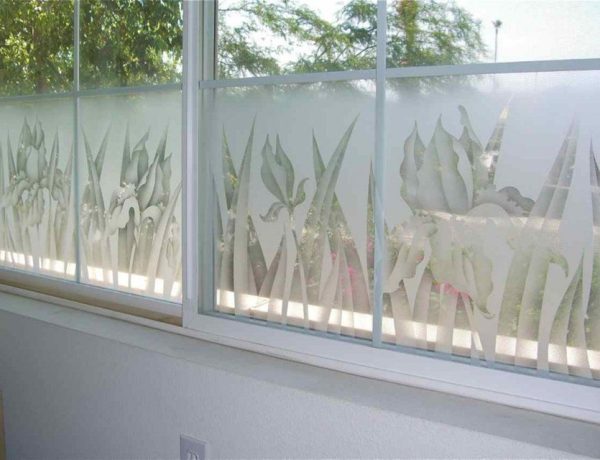Table of Contents
If your furnace breaks down, and you need to call in a professional, you’ll likely receive an estimate for the repair work. Estimates allow you to understand what is wrong, what work is needed, and how much you can expect to pay. Knowing what details to expect on a furnace repair Las Vegas-based estimate can help you evaluate your options. Here’s an overview of key things a good estimate should always include.
Diagnostic Details
The first section of a furnace repair estimate should cover the technician’s diagnosis of your system. This will likely describe:
- The symptoms you reported. This assures you that the technician focused on your specific complaint.
- Tests performed. Did they take temperature readings, test electrical components, and assess airflow? Know what analysis helped them reach their conclusions.
- The results of their investigation. What components appear to be malfunctioning based on their diagnostics?
- Any noteworthy discoveries? Perhaps your air filter needs replacement or ventilation ducts show major blockage. These details clue you in on everything peculiar the technician spots.
Specific Repairs Recommended
Next, the estimate ought to name the specific repairs and parts replacements being recommended. Vague statements like “replace broken part” are not acceptable here. Rather, you should see details like:
- Replace the igniter
- Repair cracks in a heat exchanger
- Replace the blower motor
Not only should the work be explicit, but the technician should link recommendations directly back to issues noted in the diagnostic section. This allows you to tie together symptoms, problems discovered, and solutions clearly.
Breakdown Of Labor & Parts
Of course, what everyone wonders is “What will this cost me?” A furnace repair estimate must include a full breakdown of anticipated costs for both labor and parts. Ask for each recommended repair/replacement to be listed with associated:
- Labor hours needed
- Hourly rate
- Parts prices
- Total costs for that particular work
Seeing costs segmented in this way allows you to understand what aspects of the job are driving higher prices. A part might be surprisingly expensive or one repair could take significantly longer. This level of transparency is key.
Warranties
One main benefit of having professionals handle furnace issues is that their workmanship and any parts used should come with guarantees. A reputable company will generally provide:
- Labor warranties covering their technicians in case errors occur or problems recur shortly after repairs. Typical timeframes range from 30 to 90 days.
- Manufacturer warranties passed through on replacement parts. These vary by part, but may span 1 to 10 years.
Ask for warranty coverage to be summarized on your repair estimate, so there are no surprises later about what is guaranteed. You can also compare labor warranties between companies.
Total Project Estimate
Finally, your furnace repair estimate ought to tally up total costs and provide this bottom line figure clearly. Labor hours, parts, incidentals like permits, and tax should all feed into this. But don’t stop there. Companies who want your business should also suggest next steps from here. That includes sharing payment terms, financing options, expected lead times/scheduling for repairs, etc. The estimate marks the starting point to get your furnace up and running again. Make sure it sets you up with realistic expectations about requirements ahead.
You should now feel equipped to review furnace repair estimates with clarity on exactly what to look for. By understanding the critical elements in advance, you can quickly assess thoroughness and expected value. If an estimate lacks key details, or you have questions, don’t hesitate to ask for clarification before committing. Doing so will help ensure you choose the right partner for getting your heat flowing this winter.





No Comments